Adaptive Gardening Tools: Tools That Make Gardening With Limitations Easy
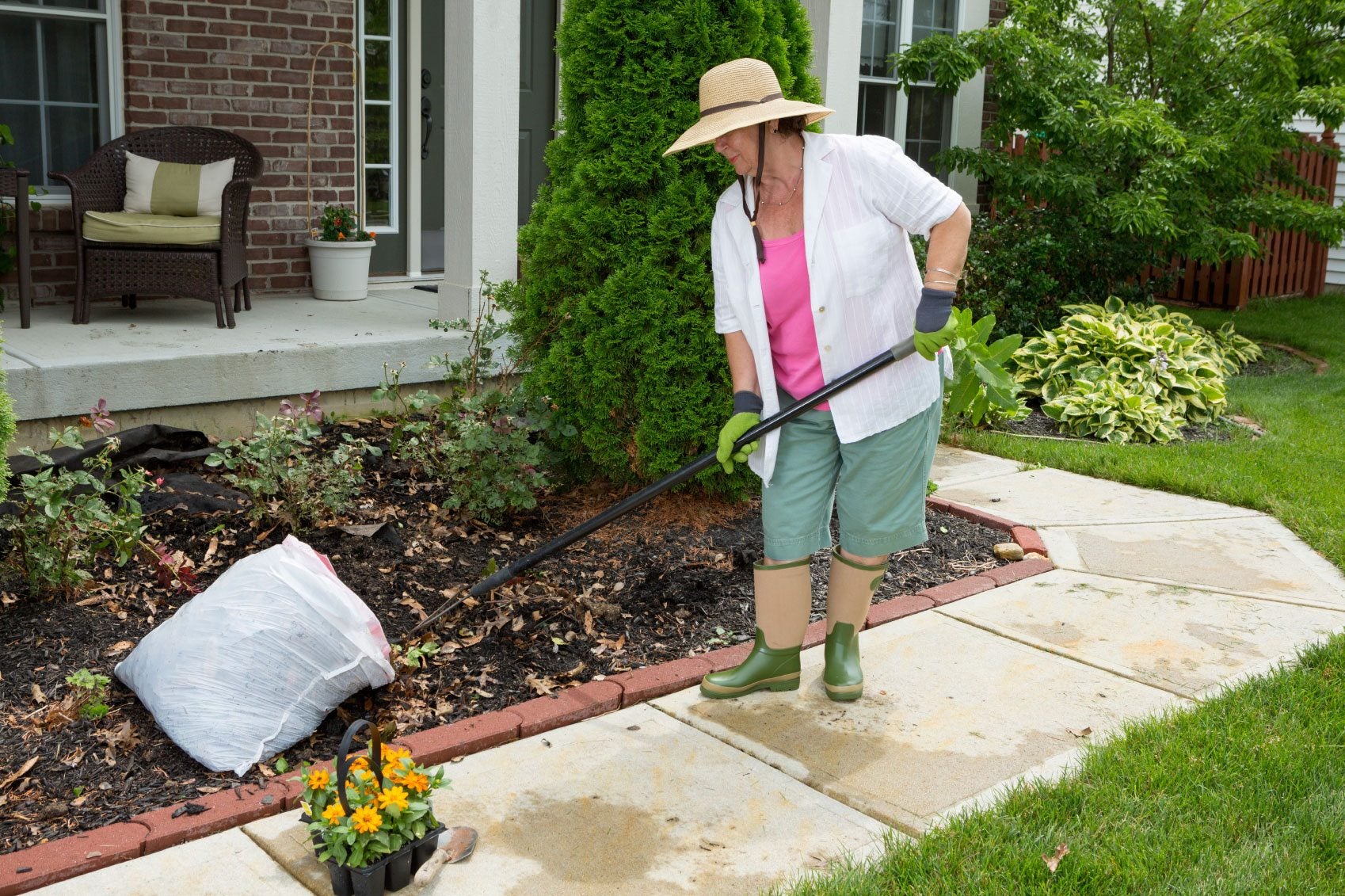

Gardening is a healthy and fun hobby for any person, including those with physical disabilities. Gardeners with limitations can still enjoy planting and growing their own crops and brighten their home interior with interesting selections. Those with mobility problems can use adaptive garden tools to help them successfully tend their landscape. The industry is responding by making garden tools easier to use.
Adaptive Gardening at Home
There is no reason why a person with some limitations cannot enjoy gardening. The hobby is a healthy way to get moderate exercise, enjoy the outdoors, and engage in an activity that produces pride and a sense of accomplishment. Adaptive gardening utilizes new, innovative lightweight tools for disabled persons. Many garden tools can be adapted at home to save you money and allow you to use a favorite item with ease. For instance, if you have trouble bending to plant your garden, mix seed in a jar with small holes punched in the lid and sprinkle them on the soil from a standing position. You can also mix them in gelatin blocks and allow the sun to melt them into the ground. Simple additions of old broom handles or PVC pipes to existing tools will extend your reach. You can also use bike tape or foam to increase grips on handles or help conform to a prosthetic limb. Making garden tools easier to use in the home is relatively easy and only limited by your imagination.
Adaptive Garden Tools
The health benefits of fresh air, new sites and sounds, and moderate exercise are all found in gardening. Those gardening with limitations can experience the same benefits if they use adaptive garden tools. Tools for disabled gardeners can also be found online and in flower and garden centers. Some examples of adaptive garden tools are attachable extension rods, quick release tools, cushioned handles, and a variety of “grabbers.” A garden seat with wheels makes mobility easier for some gardeners, providing movement assistance on firm soil and paths. Arm cuffs go around your forearm and attach to a variety of tools to help extend reach and increase leverage and grip. The tools available for attachment are trowels, forks, and cultivators.
Gardening with Limitations
Gardeners with mobility problems may find that a garden seat is a valuable tool. A raised table garden bed also makes reaching the plants easier for some gardeners. Make a plan to ensure that the final design will be something you can care for with your specific limitations. A container garden is an excellent way to enjoy gardening and may be done indoors or on your patio. Create a system where you can spend shorter sessions working when gardening with limitations. Listen to your body and use adaptive garden tools to make projects safe and accessible. Preparation can go a long way to a lifelong enjoyment of your garden, no matter what your limitations may be. Get help, if necessary, putting in paths, seating areas for resting, and a good irrigation or drip system.
Gardening tips, videos, info and more delivered right to your inbox!
Sign up for the Gardening Know How newsletter today and receive a free copy of our e-book "How to Grow Delicious Tomatoes".

Bonnie Grant is a professional landscaper with a Certification in Urban Gardening. She has been gardening and writing for 15 years. A former professional chef, she has a passion for edible landscaping.
-
 Looking For Plants To Give You The Soft And Fuzzies? Try These 5 Fuzzy Leaf Plant Options
Looking For Plants To Give You The Soft And Fuzzies? Try These 5 Fuzzy Leaf Plant OptionsLovers of texture, drama, silver foliage and tactile plants will adore these special sensory garden additions. These fuzzy leaf plant options will leave you all aglow
By Susan Albert
-
 Get Ready For A Summer Of Hummers! Grow These Full Sun Hummingbird Plants and Flowers
Get Ready For A Summer Of Hummers! Grow These Full Sun Hummingbird Plants and FlowersIf you’re lucky enough to enjoy a sunny backyard, make sure you are maxing out on your pollinator opportunities and grow these full sun hummingbird plants and flowers
By Tonya Barnett
-
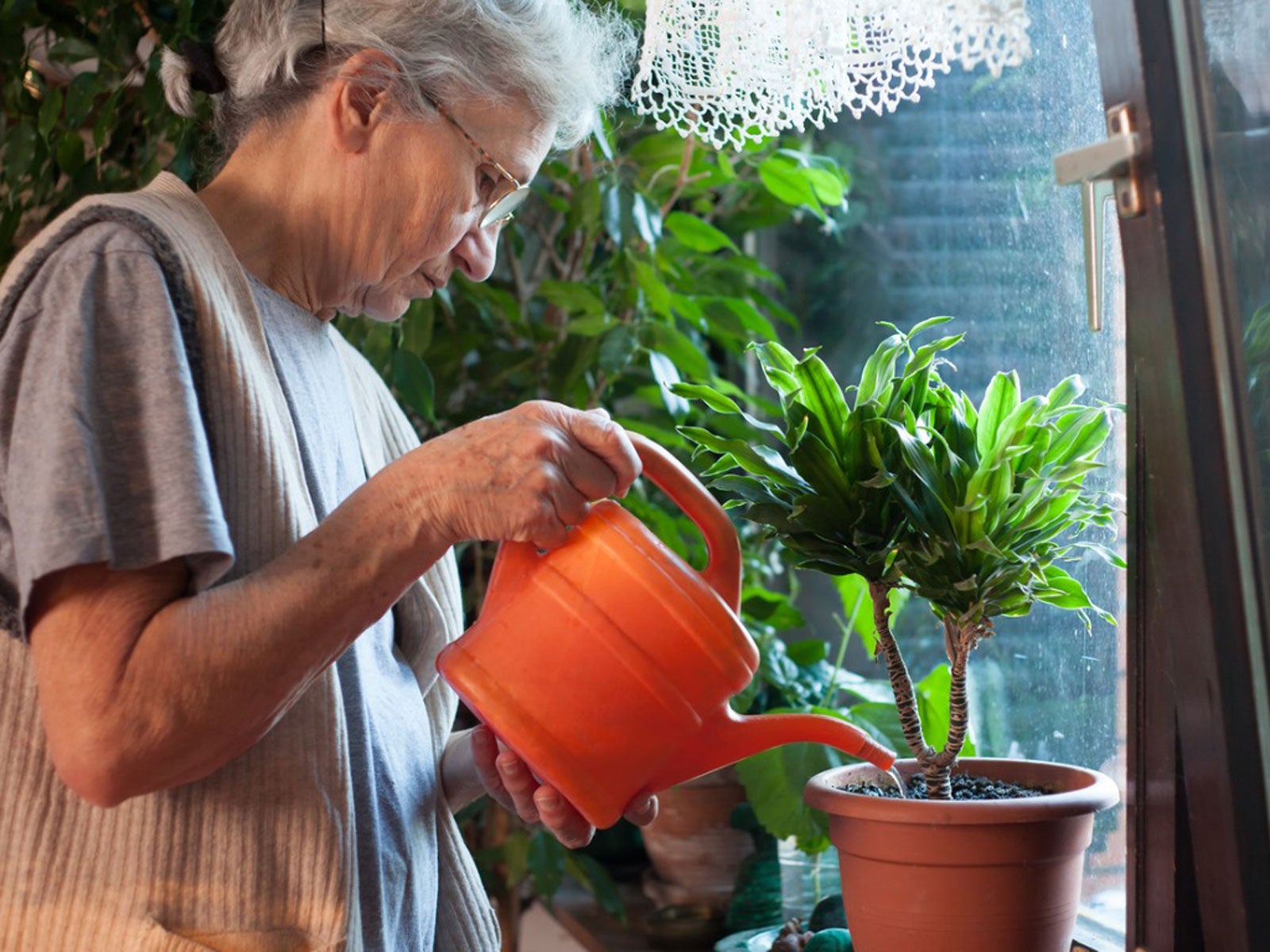 Seniors And Houseplants: Indoor Senior Gardening Ideas
Seniors And Houseplants: Indoor Senior Gardening IdeasIndoor gardening for seniors can help with depression, stress, and loneliness, especially while social distancing. Here are ideas.
By Mary H. Dyer
-
 Psychiatric Health Garden – Designing Gardens For Mental Health Patients
Psychiatric Health Garden – Designing Gardens For Mental Health PatientsClose your eyes and imagine yourself sitting in your dream garden. Does this visualization make you feel calm and relaxed? This is the concept behind planting gardens for mental health. Learn more about garden therapy and psychiatric health gardens in this article.
By Darcy Larum
-
 Healing Garden Ideas – How To Make A Healing Garden
Healing Garden Ideas – How To Make A Healing GardenEven gardens filled with nothing but ornamental plants can have some medicinal and healing value – a collection of plants meant to soothe and heal the mind and body are known as healing gardens. Click here for some healing garden ideas to help get you started.
By Darcy Larum
-
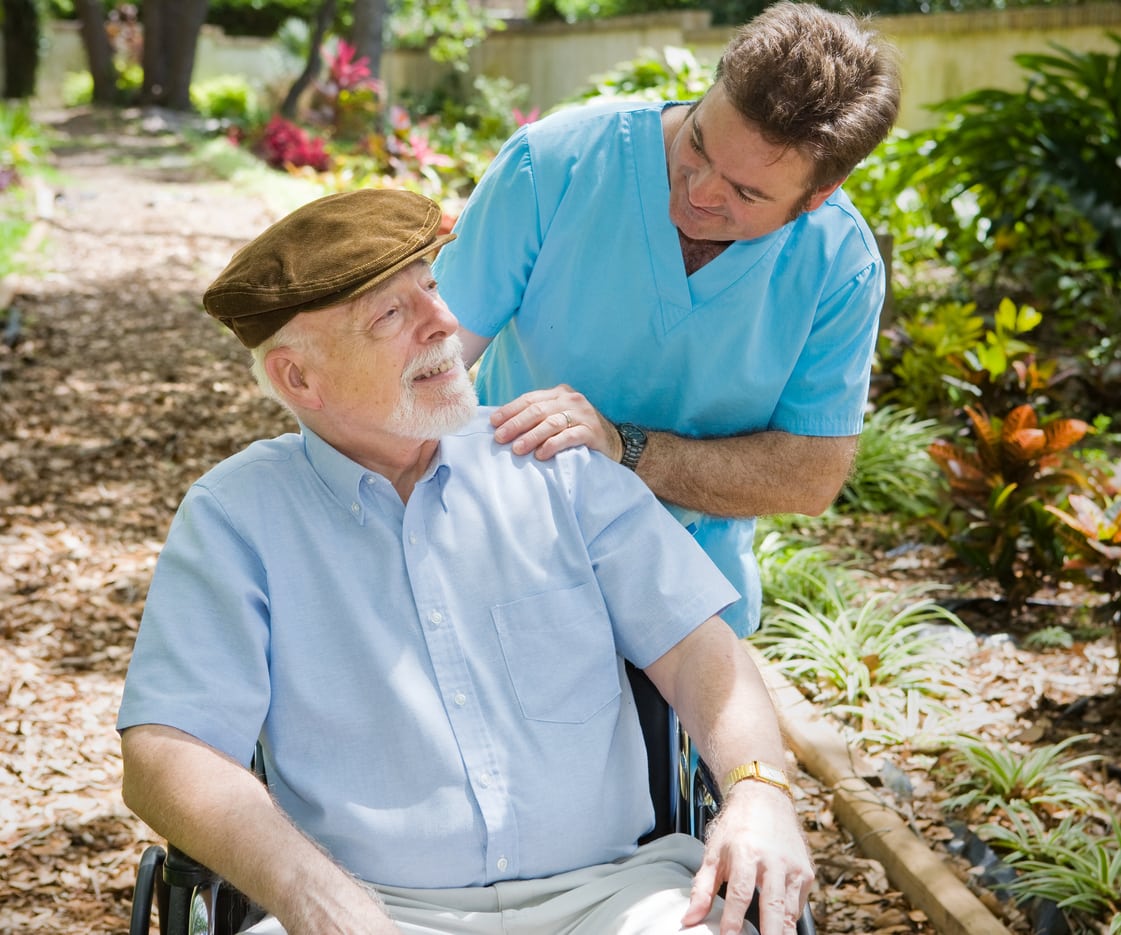 What Is A Memory Garden: Gardens For People With Alzheimer’s And Dementia
What Is A Memory Garden: Gardens For People With Alzheimer’s And DementiaPeople with dementia or Alzheimer's disease will glean a host of positive experiences from participating in the garden. Designing a memory garden allows them to enjoy exercise and fresh air as well as stimulate the senses. Learn more in this article.
By Bonnie L. Grant
-
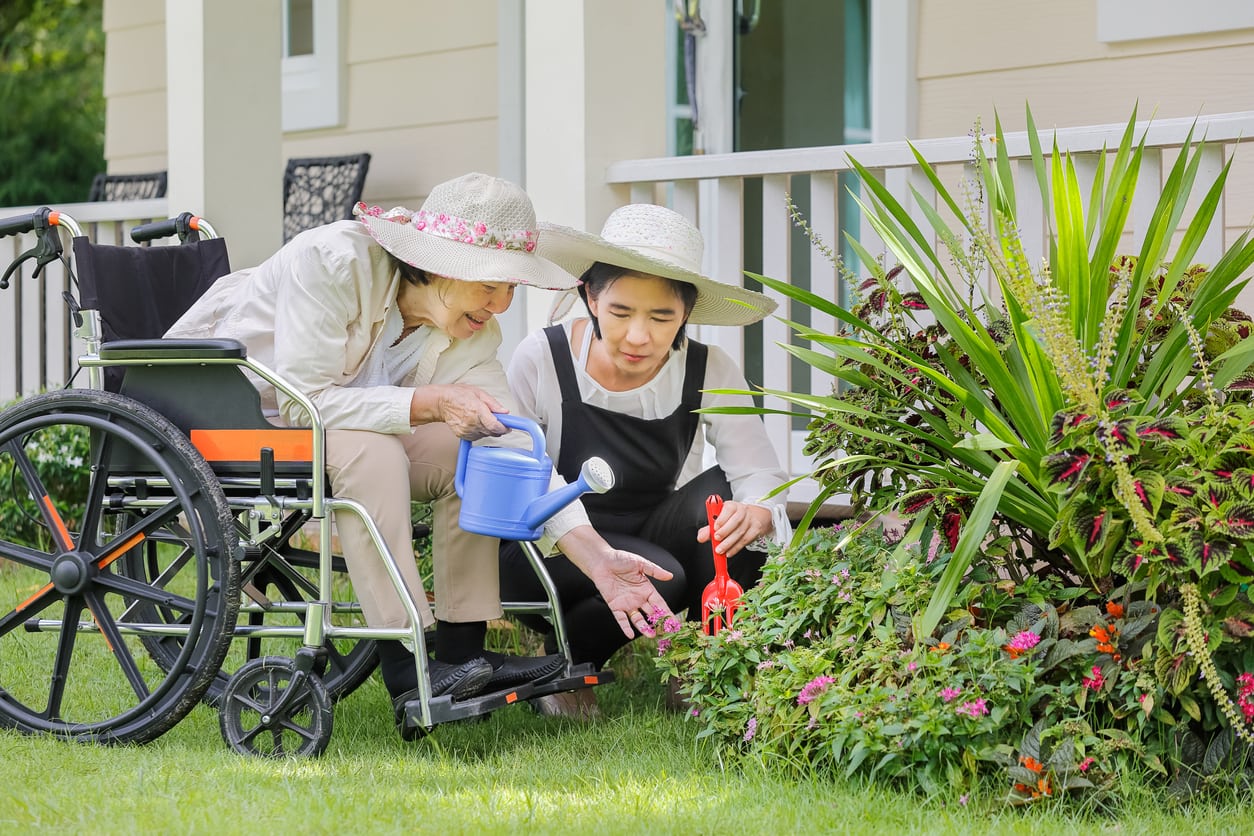 Hospice Garden Ideas – Learn About Gardens And Hospice Care
Hospice Garden Ideas – Learn About Gardens And Hospice CareBecause of their therapeutic benefits, gardens for those in hospice care are often incorporated into the facility. What is a hospice garden? Click here to find out about the relationship between gardens and hospice and how to design a hospice garden.
By Amy Grant
-
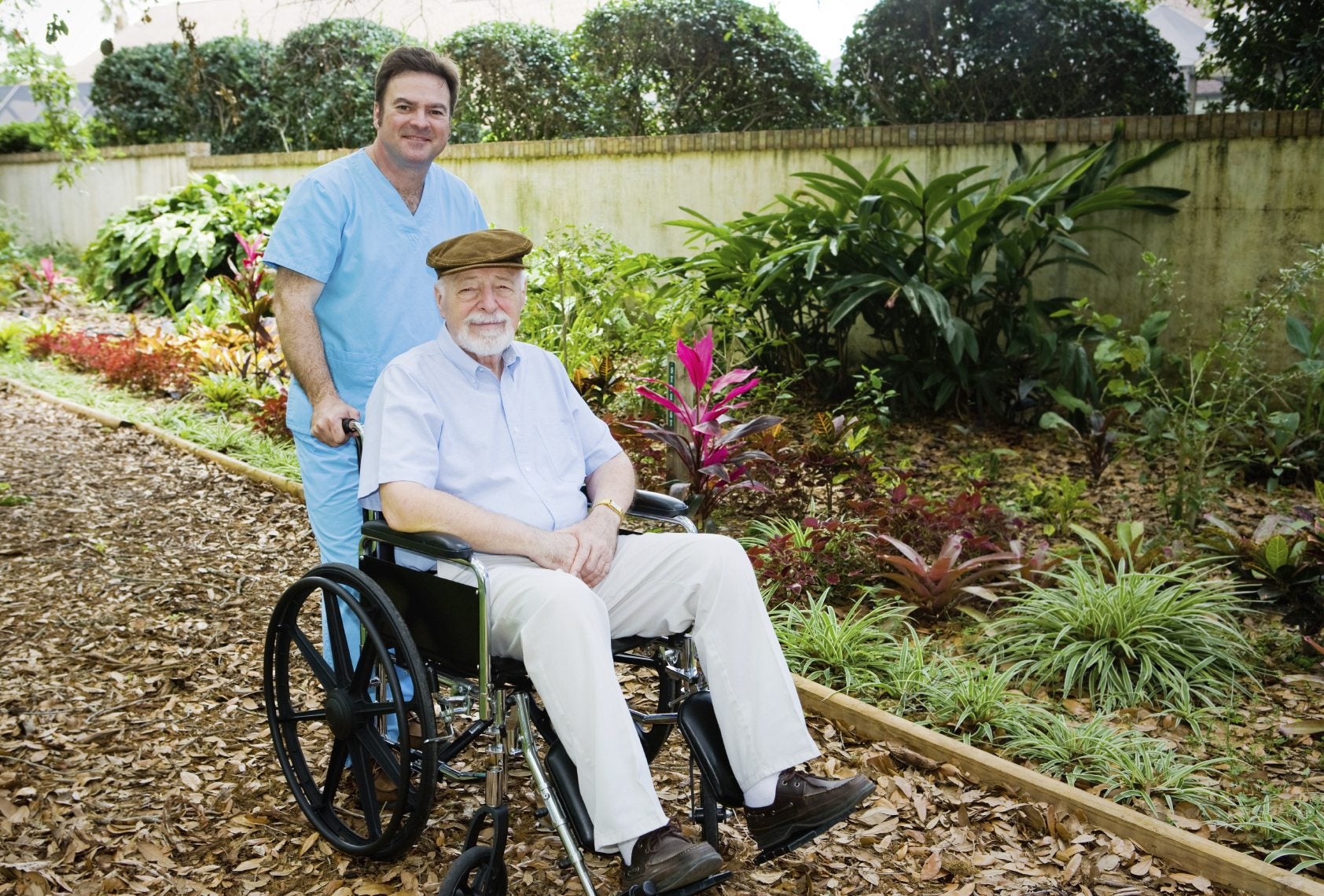 Senior Home Garden Activities: Gardening Activities For The Elderly
Senior Home Garden Activities: Gardening Activities For The ElderlyMore senior home garden activities are being offered to elderly residents of retirement homes and nursing homes, and even to patients with dementia or Alzheimer's. Click here to learn more about gardening activities for the elderly.
By Teo Spengler
-
 Gardening While Pregnant: Is It Safe To Garden When Pregnant
Gardening While Pregnant: Is It Safe To Garden When PregnantGardening while pregnant is an enjoyable way to get the exercise you need to stay healthy during pregnancy, but this form of exercise isn't without risk. Learn more about gardening during pregnancy in this article.
By Jackie Carroll
-
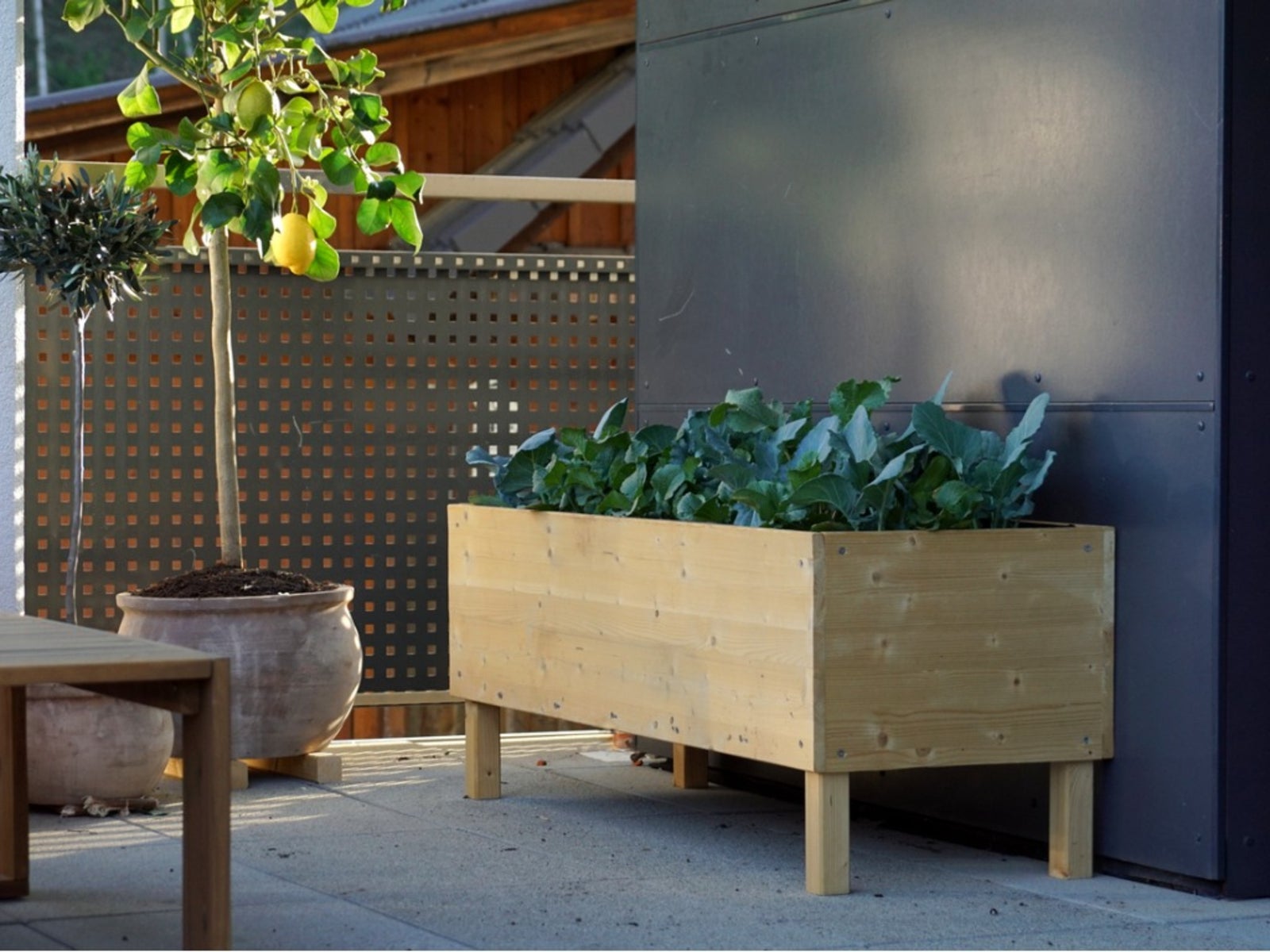 Table Garden Design: How To Build Table Garden Boxes
Table Garden Design: How To Build Table Garden BoxesWhen gardening becomes difficult, either through growing older or due to a disability, it may be time for a table garden design in the landscape. This article can help with that. Click here to learn more.
By Susan Patterson